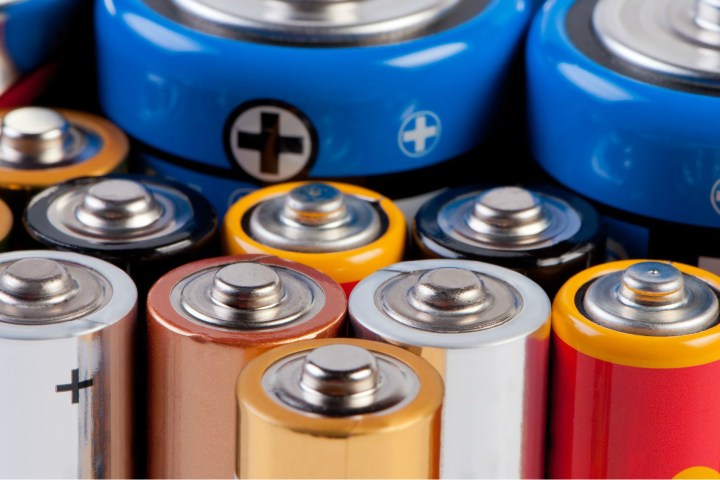
In a study conducted by the University of California, Irvine in coordination with the Nanostructures for Electrical Energy Storage Energy Frontier Research Center at the University of Maryland, researchers engineered a battery containing tiny conductive filaments that can store and transport electrons. That in itself isn’t particularly noteworthy — filaments form the basis of modern lithium-ion batteries — but the breakthrough is in the robustness of the nanowires. While most filaments last between 5,000 and 7,000 battery recharging cycles, the UC team’s prototype can withstand up to 200,000.
The key, explained UC Irvine doctoral candidate and study leader Mya Le Thai, is in the coating. The researchers found that when shielded by an inner layer of a manganese dioxide and thin outer shell of “Plexiglas-like” electrolyte gel, a filament exhibited none of the breakdown that typical, non-coated filaments experience during power cycling. Usually, nanowires exposed to electrical currents expand, grow brittle, and eventually crack, but the coated electrode “[held] its shape much better,” said Thai. One potential reason? The gel’s malleability gives the battery’s metal oxide enough flexibility to prevent cracking.
Thai believes the coated nanowire represents “a more reliable option” than traditional filaments. Furthermore, she believes it has mass-market potential. “This research proves that a nanowire-based battery electrode can have a long lifetime and that we can make these kinds of batteries a reality.”
The nanowire’s relegated to the lab, for now, and its commercial feasibility is unclear. But if further tests and research pan out, the next generation of lithium-ion batteries could end up lasting a lot longer than the devices they’ll power.
Editors' Recommendations
- Lithium-ion is just the beginning. Here’s a peek at the future of batteries
- Decades later, inventors of lithium-ion battery win Nobel Prize in Chemistry
- Smartphone battery capacity could be increased using nanochain material


